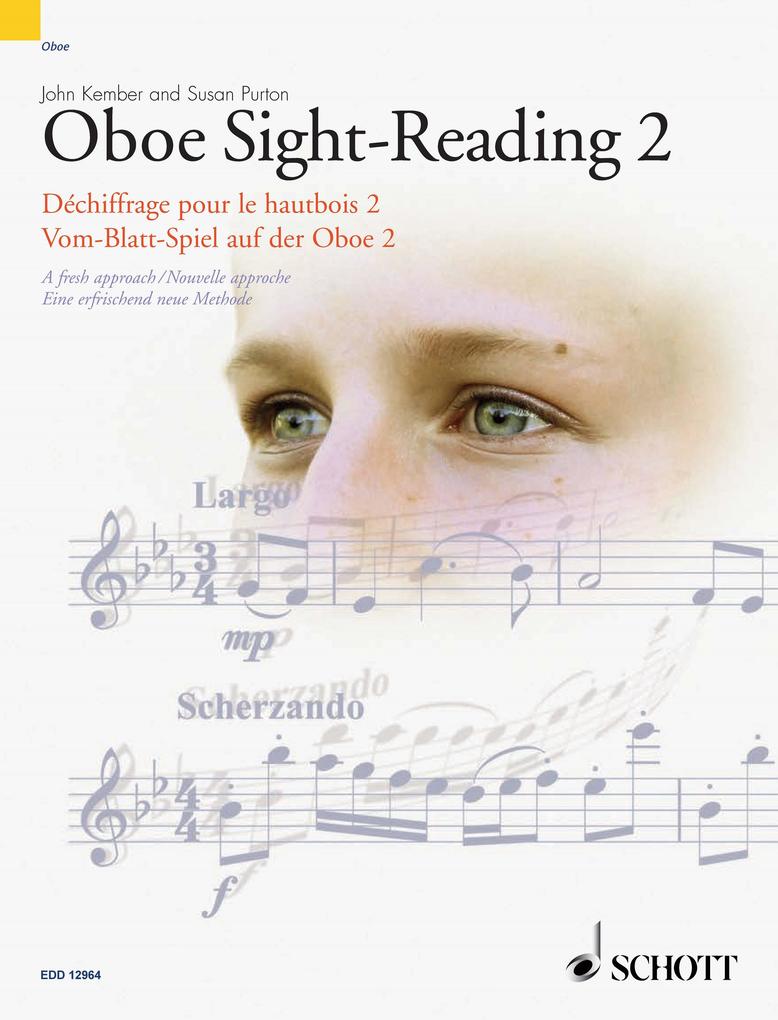
Sofort lieferbar (Download)
An approach which includes sight-reading in daily practising at an early stage. Instead of dry exercises, these editions focus on the use of idiomatic melodies. This is how sight-reading is meant to be - FUN!
Inhaltsverzeichnis
Preface - To the pupil: why sight-reading? - Section 1: Two-octave range; changes of time signature - Section 2: Low B to high C# and D; semiquaver rests, duplets and the D. C. - Section 3: Low Bb to high Eb; four sharps and flats; 7/8 and 8/8; demisemiquavers - Section 4: Keys to five sharps and flats; notes to high E, ornaments, chromatic patterns and the double sharp - Section 5: Notes to high F; whole-tone, chromatic and atonal tonalities; further ornaments
Mehr aus dieser Reihe
Produktdetails
Erscheinungsdatum
02. September 2020
Sprache
englisch, deutsch
Seitenanzahl
88
Dateigröße
10,06 MB
Reihe
Schott Sight-Reading Series
Autor/Autorin
John Kember
Herausgegeben von
Susan Purton
Verlag/Hersteller
Kopierschutz
mit Wasserzeichen versehen
Family Sharing
Ja
Produktart
EBOOK
Dateiformat
PDF
ISBN
9783795799731
Entdecken Sie mehr
Bewertungen
0 Bewertungen
Es wurden noch keine Bewertungen abgegeben. Schreiben Sie die erste Bewertung zu "Oboe Sight-Reading 2" und helfen Sie damit anderen bei der Kaufentscheidung.

































